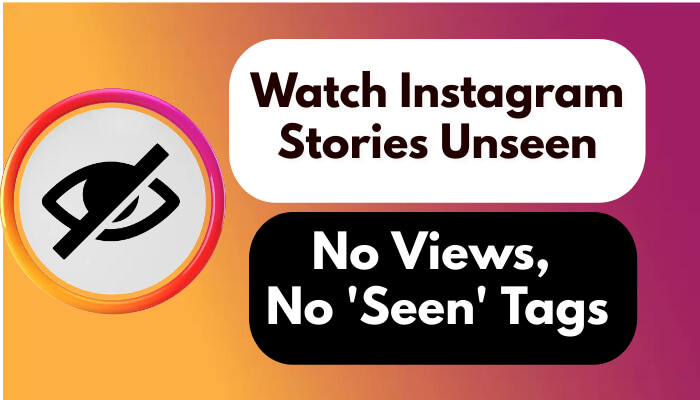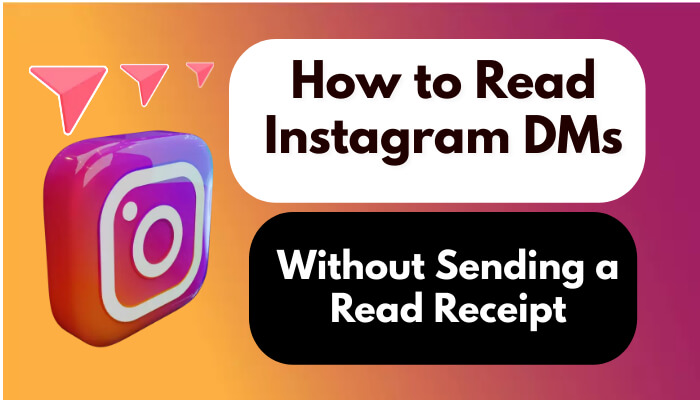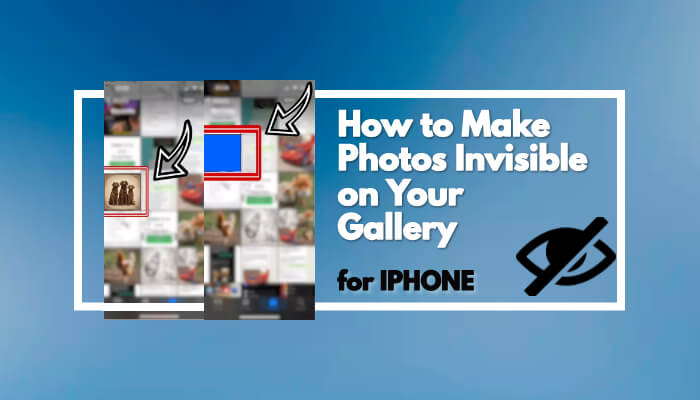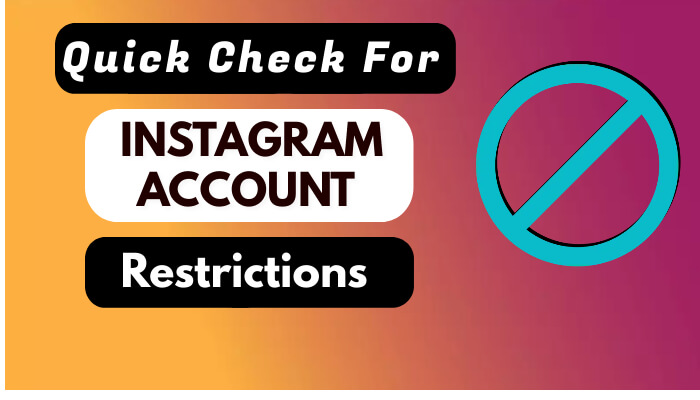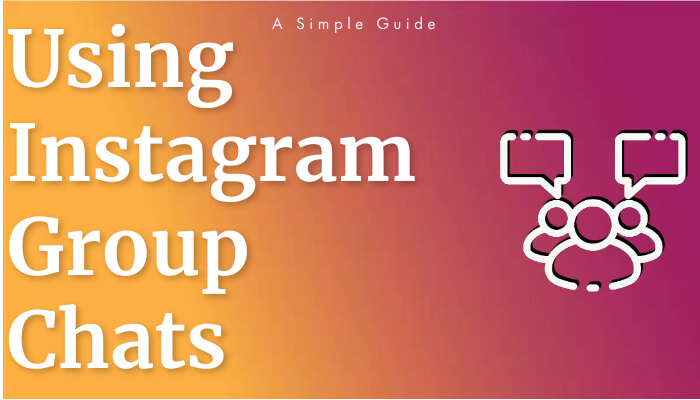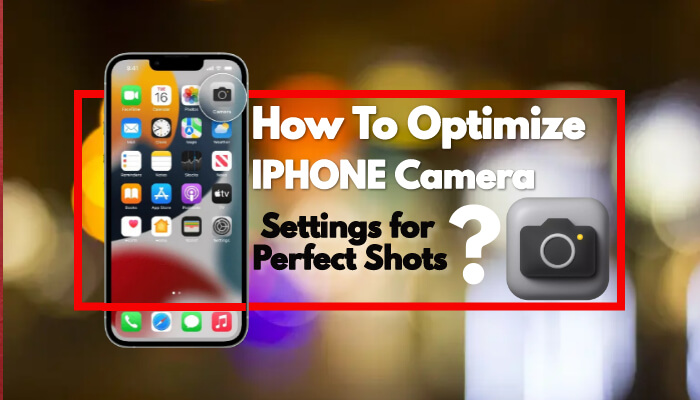
Who's responsible for media coverage?
Media coverage involves journalists, bloggers, influencers, search engines, social media, and most importantly, brands.
There was a time when journalists were the main gatekeepers between brands and media coverage. Pitching the media with a press release or holding a press conference was a chance for a headline.
Then came the days when social media platforms like Facebook became a direct channel for notifying followers.
Public relations (PR) has changed in many ways but still offers opportunities for brands and marketers.
From Flyers & Posters to Google & Facebook
Public relations started over a century ago, and its main components remain the same: informing, persuading, and integrating. Today, we use a combination of traditional and digital methods for PR.
The days of wire services and keyword-stuffed press releases are gone. Now, PR requires creativity and relevance.
Old-Fashioned PR Tips for Media Coverage
Anyone can get into marketing and PR with social media accounts and a blog, but traditional best practices are still essential for media coverage success.
1. Pitch a Narrative
Breaking through the clutter of journalists' inboxes isn't easy, but providing valuable resources can make their job easier.
2. Research
Study the competitive landscape and existing stories related to your idea. Use Google and social media searches to identify relevant stories.
3. Research
Support your story idea with data, statistics, and third-party research.
4. Audience
Understand your target audience and the media's audience. Customize your pitch accordingly.
5. Perspective
Identify your unique perspective and be open to different angles. Inspire rather than insist on being right.
6. Subject Line
Your subject line is crucial for getting your pitch noticed in journalists' inboxes. Use keywords wisely without giving everything away.
7. Format
Customize your content and avoid sending generic emails. Personalization is key.
8. Timing
Pitch early in the morning for better visibility in journalists' inboxes.
9. Length
Keep your emails concise, use white space effectively, and include a call to action.
10. Style & Tone
Maintain a professional yet authentic tone that matches your audience's preferences.
11. Emails
Use email for pitches, as it's the preferred communication method for journalists.
12. Email Address
Use a credible and well-branded email address, avoiding outdated email providers.
13. Exclusive
Offer exclusivity or unique angles to journalists to capture their interest.
The Art of Search, Social, & Media Coverage
Journalists often use search engines and social media for story research. Press releases still work but require quality, storytelling, and multimedia elements.
14. Press Releases Still Work, But...
Focus on quality, relevance, visuals, and multimedia elements in press releases.
15. Online Newsrooms
Online newsrooms are essential for providing resources to journalists and the public.
16. Twitter Lists
Use Twitter lists to monitor and share content from targeted media, journalists, and influencers.
17. Video Content
Video content, especially live video on social media platforms, can enhance media coverage and audience engagement.
Conclusion
Brands and marketers have numerous methods, both old and new, to achieve positive media coverage. Standing out in today's cluttered media landscape requires creativity and relevance.
